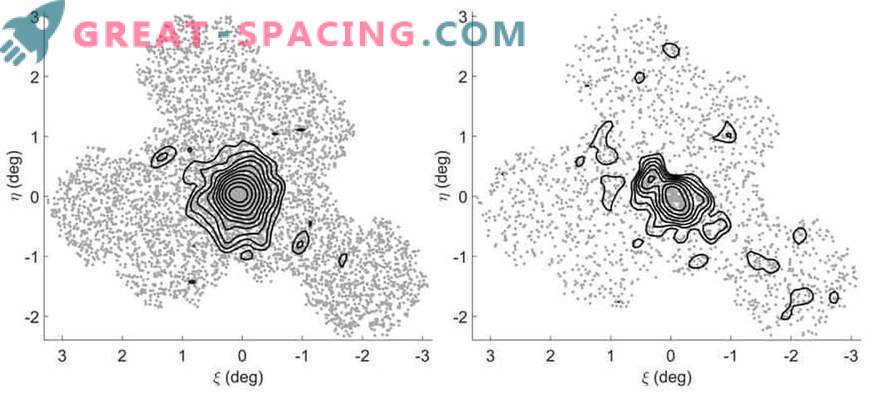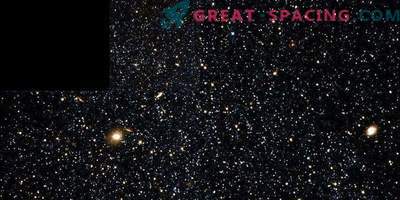
Researchers have documented a new case of cannibalism in the Milky Way region, which caused the confluence of two galaxies on the smallest scale. The Sextant I Galaxy is 100,000 times smaller in mass than the Milky Way, but it managed to absorb an even smaller satellite. Using data from the 4-meter Blanco telescope at Cerro Tololo, researchers have identified clear signs of a case of cosmic cannibalism.

When analyzing a dwarf galaxy, we noticed that the spatial distribution of blue stars with a low level of metals turned out to be more elliptical and irregular, with an excess of stars on the northeast side. The most reasonable explanation for this phenomenon is the fusion of two galaxies with different metallic properties. Analysis of the velocities and indicators of the chemical composition of stars indicates the presence of a spatial substructure in the form of a ring. It shows a much higher speed and a different chemical composition than the other stars in the galaxy.

This discovery shows that the hierarchical theory of the birth of galaxies, where smaller galaxies merge to form larger ones, can explain the appearance of even the smallest known galaxies — dwarf galaxies.











































